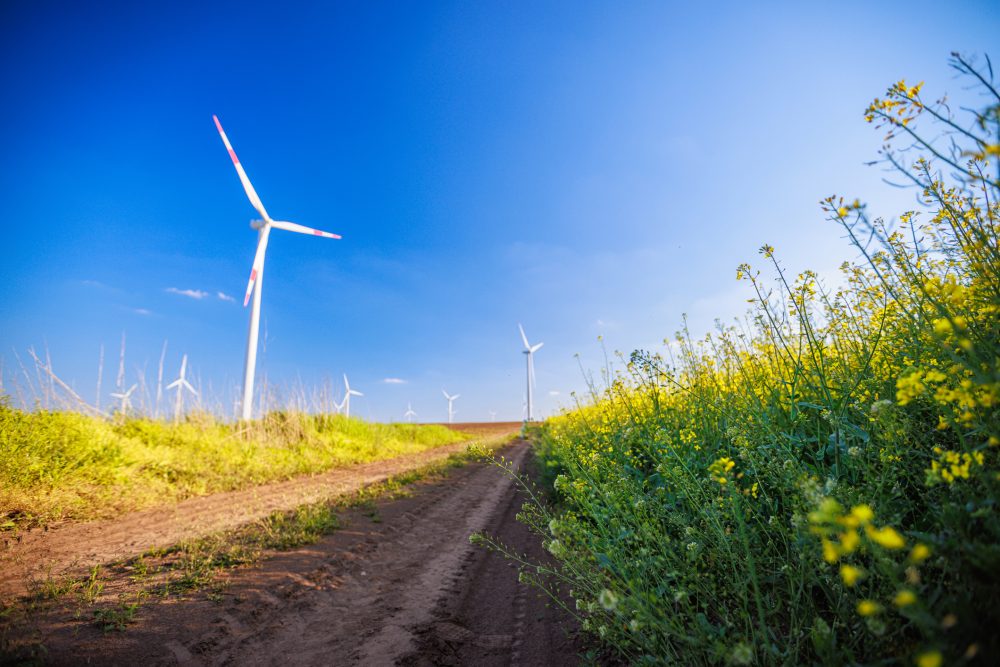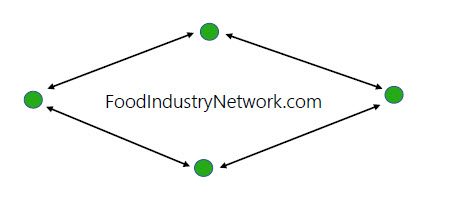Ratio of rent to value for Canadian farmland stable in 2024

The price of farmland rentals versus the value of cultivated farmland in 2024 was similar to that in 2023, but the cash flow advantages of renting rose slightly compared to ownership according to an April 16 report from Farm Credit Canada.
FCC’s rent to price ratios are based on cash rental rate per acre divided by the value of cultivated farmland per acre.
In 2024, the average rent to price ratio was 2.50 per cent compared to 2.52 per cent in 2023.
Saskatchewan and New Brunswick saw no change despite strong increases in farmland values in 2024. Rental markets quickly adjusted to the change in farmland prices.
Read Also


Read coverage of the 2025 federal agriculture debate
Follow along for the Western Producer’s live coverage of the Canadian Federation of Agriculture’s federal election agriculture debate.
Overall, Canadian farmland values grew by 9.3 per cent in 2024. Saskatchewan saw the highest growth at 13.1 per cent. British Columbia came second with 11.3 per cent growth. FCC did not report the rent to price ratio for B.C. land due to a lack of available data.
Prince Edward Island had the highest rent to price ratio of 4.10 per cent. Ontario clocked the lowest overall ratio at 1.2 per cent.
While the rent to price ratio of Prairie farmland was stable, the cash flow advantage of renting increased slightly compared to buying, FCC said. The increase ranged from $5 to $10 per acre. This was influenced by lower interest rates, which helped offset some of the rise in farmland values compared to land payments.
Since 2020, Alberta’s rent advantage has increased by $77 per acre, Saskatchewan’s by $58 per acre and Manitoba’s advantage by $95 per acre.
These advantages were dwarfed by those in Ontario and Quebec, which saw rent advantages grow by $620 and $368 per acre, respectively.
“Despite the advantages of improved cash flow by renting in 2024, it is always prudent to carefully evaluate production costs before entering into new land rental agreements to fulfil operational requirements,” FCC said.
1 acre = 0.405 hectares
Source: Farmtario.com


